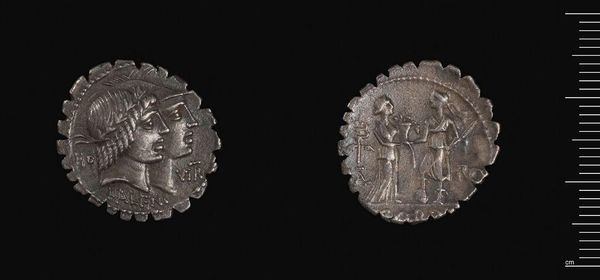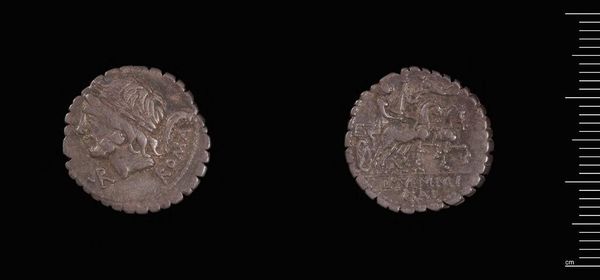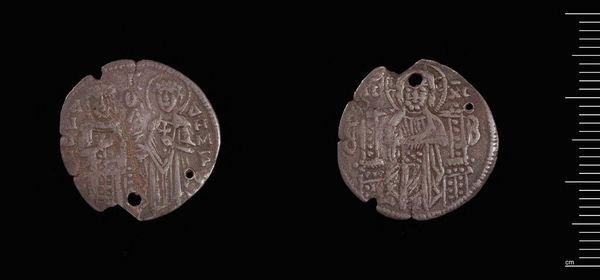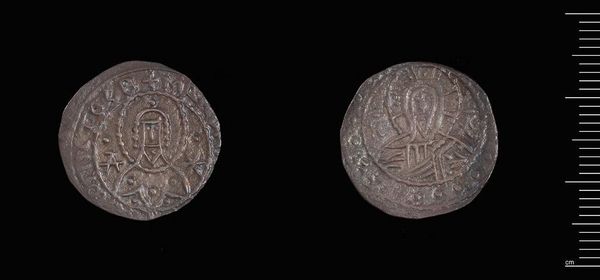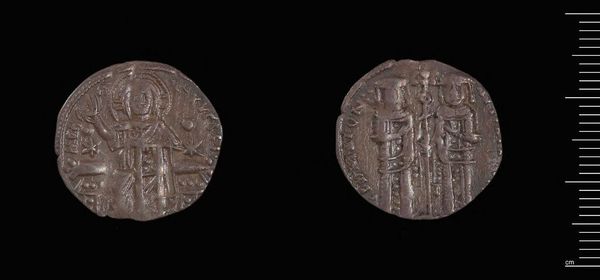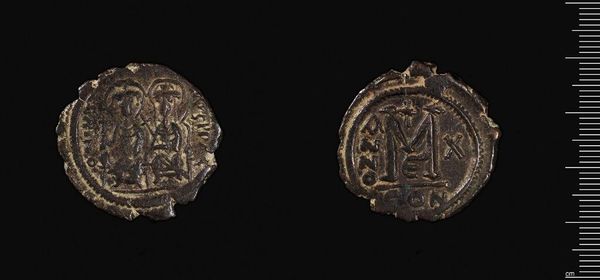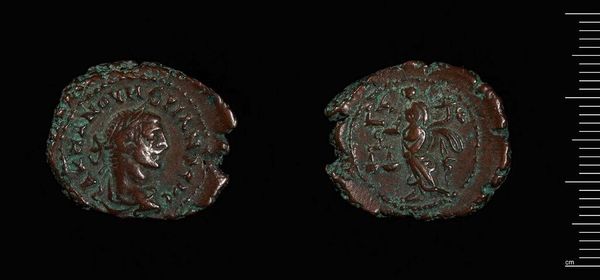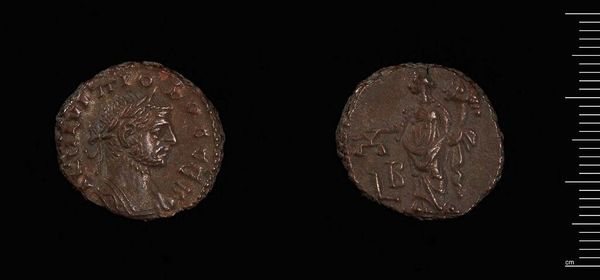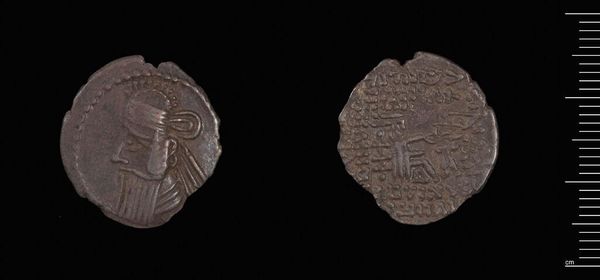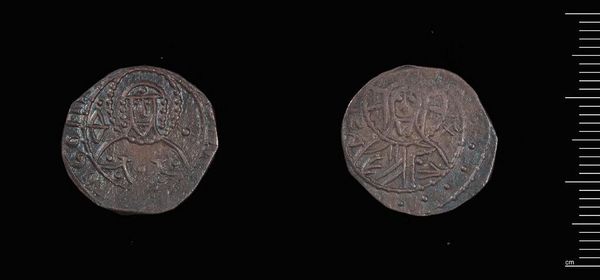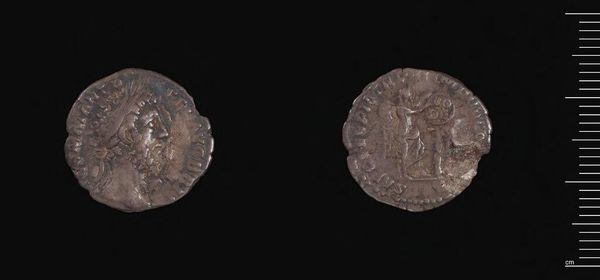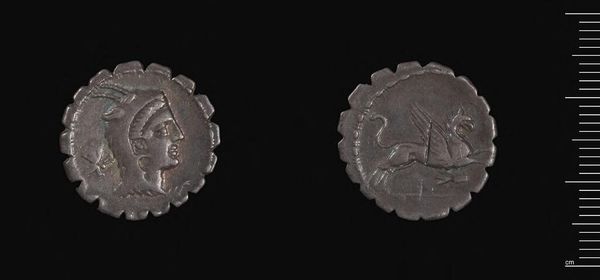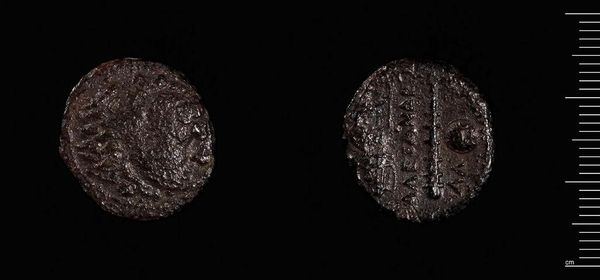
Serrate Denarius of Q. Fufius Q.f. C.n. Calenus and P. Mucius Scaevola, Rome c. 70 BCE
0:00
0:00
Dimensions: 3.56 g
Copyright: CC0 1.0
Curator: This serrated denarius, attributed to Q. Fufius Calenus, feels like a little window into ancient Rome. It's incredibly tactile, I want to run my fingers along its edge. Editor: My first thought? It looks like a cogwheel, like some relic from an ancient machine. Was it supposed to look like this? Curator: Yes! The serrated edge was a deliberate feature. It's thought to deter forgery, ensuring the coin’s silver content was genuine. Editor: So, the material dictates the form. Interesting how anxieties about value shape even the aesthetic choices. The labor in producing all those serrations… must have been considerable. Curator: Absolutely. And the imagery itself – the conjoined heads, the symbolic gestures – speaks volumes about alliances and power. To me, it feels like holding a whispered secret. Editor: It’s a reminder that even the smallest objects carry layers of meaning, shaped by the hands that made them and the systems that gave them value. I wonder where the silver came from... Curator: And it makes you imagine all the hands it passed through! It really is remarkable.
Comments
No comments
Be the first to comment and join the conversation on the ultimate creative platform.
